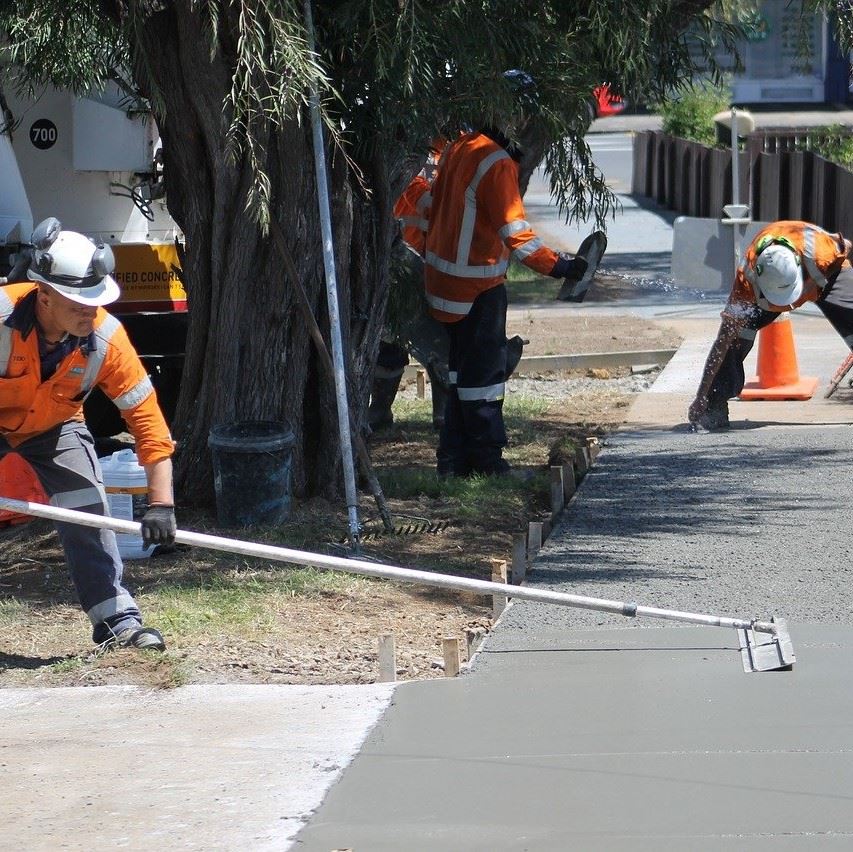 I was riding on a bus in Rotorua the other day and thought about associations and how they interact with society. If you ride on a bus – you’re dealing with the Bus and Coach Association.
I was riding on a bus in Rotorua the other day and thought about associations and how they interact with society. If you ride on a bus – you’re dealing with the Bus and Coach Association.
As you step off the bus and walk on the footpath…
Let’s think about the footpath for a moment. There have been multiple associations that have assisted in developing and building one important product. Architects NZ, Planning NZ and Engineering NZ for designing the concrete. The Concrete NZ Association for ensuring the correct concrete is supplied and laid. Civil Contractors NZ members build the footpath. The Building Officials Institute of New Zealand trains and supports the local council that signs off the finished product. Taituarā and Local Government NZ supports the council. Retail NZ and Business New Zealand members supply the products and tools that were purchased to make the footpath. I’m sure I’ve missed other associations along the supply chain that have also assisted in some way to build that footpath.
With all processes there must be standards, both in delivery and specifications. This is one of the most important explanations as to why trade and professional membership organisations exist in New Zealand and around the world. And this is just the footpath. As I walked down the street I saw fences, houses, cars – every single one of these items have had multiple dealings with associations. Associations touch every single item in our daily lives.
Think about when you’re sitting down at your desk, looking at a magazine or book. How was it produced, how was it delivered to you? It is of a high standard to ensure the best user experience. How many associations assisted in this? Even your ability to read the magazine – how many associations have touched your education? Early Childhood New Zealand, kindergarten associations, NZEI, Primary and Post Primary Schools Association, New Zealand School Trustees Association and many more.
Conferencing and meetings touch all associations. They are held to discuss new ideas and be educated by subject matter experts and their peers. When we hold our conference, there is an expectation of delivery standards. Think about how many associations a delegate / client uses when they are at a destination. From the airport, to using a taxi or transportation vehicle, to a hotel or motel, to a restaurant or bar, to the venue, to the products and services that are utilised when running a conference. That’s just at the conference – how many people purchase gifts or go shopping when they’re in your destination? Every single one of these services that delegates use is attached to an association. When associations can finally meet safely, hopefully in the early part of 2022, the big questions need to be asked of the conferencing community, as many organisations have not delivered many face-to-face conferences and meetings for numerous months.
What support are you going to give delegates to ensure that they can meet safely, over and above any government-mandated policy? Are you communicating this to the respective associations to ensure delegates have confidence in coming to your venue / hotel or destination? I believe the most important question is what do the delivery standards look like for delegates that are conferencing at your place? Like the footpath we don’t want it to crumble when walking on it. And at the same time, we don’t want our conference to fall over because of delivery and service standards. The question for the industry is who you are looking to, to ensure that your standards are not compromised when we lead back into recovery mode from this awful mess where are in at the moment?
What standards are you striving to achieve? Think about that when you’re walking along the footpath.
Truly yours Brett Jeffery
Brett Jeffery Australasian Society of Association Executives (AuSAE) Phone 027 249 8677
December 2021